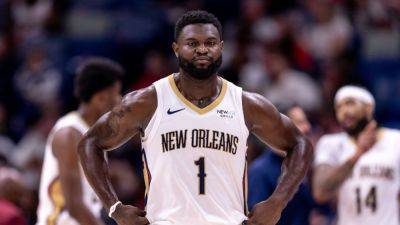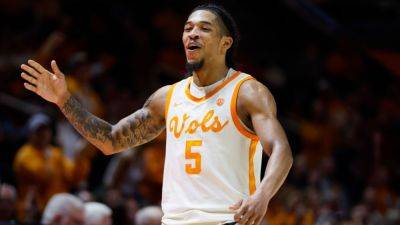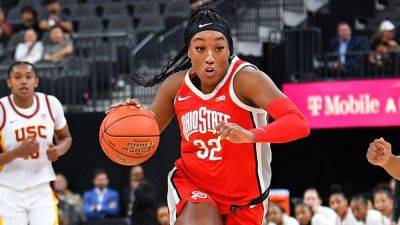Why no leadoff hitter will ever top Rickey Henderson - ESPN
If you could name one player in the history of baseball who was the Platonic ideal of a leadoff hitter, who would you name?
Rickey.
Even today, 21 years after Rickey Henderson's last big league appearance and as the news of his death just four days before his 66th birthday reached us, that first name is likely the immediate response to the question. That's your answer whether you're a Gen Xer who was a child when Henderson broke in with the Oakland Athletics, or a Gen Zer who was a child when he played his last game for the Los Angeles Dodgers 25 years later.
Rickey. If you have even a passing knowledge of baseball history, that name is all you need to answer the question. The name encapsulates so much.
Set aside for a second everything you know (or think you know) about Henderson as a one-of-a-kind personality and just consider what he was on the field. There, too, he was singular, and not just because he threw left-handed and batted righty.
For every team, the leadoff hitter is one of the most important roles on the roster — and it was a role Henderson played better than anyone before or since.
Think of the crucial traits you want in a leadoff hitter: getting on base, stealing bases and scoring runs. Let's take them in order.
1. Getting on base.
Henderson is one of just 63 players to retire with a career on-base percentage over .400. Only three players reached base more times than his career total of 5,343: Pete Rose, Barry Bonds and Ty Cobb.
Henderson started 2,890 games during his quarter century in the majors. He batted leadoff in 2,875 of those games. Rose was a leadoff hitter for the majority of his career, but he also started more than 1,100 games in other spots. Bonds started off as a leadoff hitter but is much








